What’s the Best Cheap Porsche 911? Our Top 5 Picks
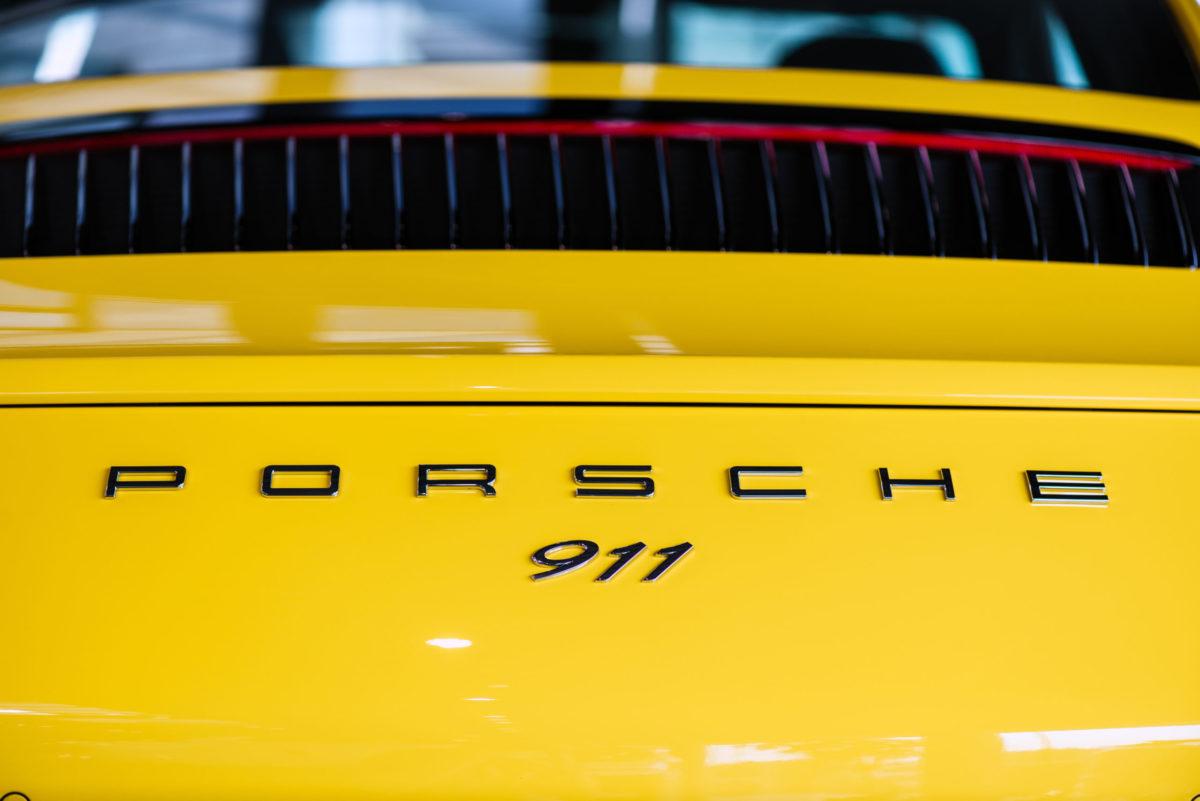
Contents
Automotive historians and car experts will tell you that Porsche has offered a good number of entry-level models since the 1970s. They’ll produce a list of relatively affordable sports cars from the German automaker, a list that includes models like the 914, 924, 944, and the current Boxster, which has been the brand’s least expensive thrill maker since 1997.
Porschefiles, however, know better. They’ll tell you that the best entry-level Porsche over the last 50 years has always been a used 911. And it still is.
Introduction
Considered by many to be the best sports car ever produced, the Porsche 911 has been in production since late 1964. A replacement for the 356, which had been produced since the late 1940s, the first 911 was unveiled at the 1963 Frankfurt Motor Show and began arriving in the United States in early 1965. Six decades later, we’ve enjoyed eight generations of the rear-engine sports car.
Of course, the 911 found in today’s showrooms is very different than the one sold in the 1960s — or any other decade for that matter. But the number of similarities found among all 911s is striking. From their familiar silhouette and 2+2 seating to their unique rear-engine layout and horizontally-opposed engine configuration, no other car in the world has remained as true to its original design, or as timeless. The 911’s evolutionary march has made it the most recognizable sports car in the world.
But with brand new 911s starting at one hundred grand and many older 911s becoming collector’s items, it can be tough for the average enthusiast to gain access to this automotive icon. Fortunately, there are a few versions which are still accessible — some of them even downright cheap.
Here we’ll compare and contrast the most affordable used 911s sold over the last 50 years.
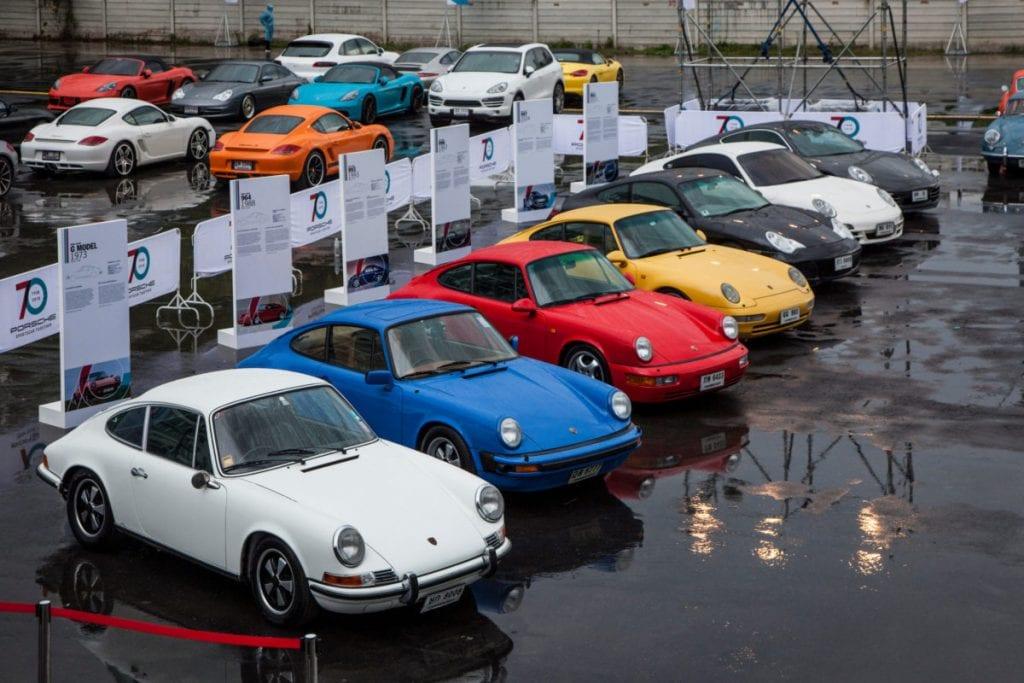
Porsche Internal Project Codes
Porsche’s internal project codes are important to know and understand when talking about used 911s. Each of the sports car’s eight generations has its own code (full list below), and they are commonly used by enthusiasts to differentiate between the many different versions of the car over the years — and occasionally to test the knowledge of other enthusiasts.
Case in point: years ago one of our colleagues went out with a guy who happened to drive a 911, a fact that he brought up on their first date. So she hit him with a quick code test. “Is your car a 997 or a 991?” she asked. “No, it’s a 911,” he replied. “I knew right then there wouldn’t be a second date,” she told us. “Too bad — he was cute.”
The first generation of the car was designated with chassis code 901, and that was also supposed to be the name of the car. But Peugeot’s lawyers squawked, saying the French automaker owned all car names formed by three numbers with a zero in the middle. So Porsche swapped the “0” for a “1” for its 1964 market launch, and the rest is history.
Here’s a list of the internal codes for the seven subsequent generations of the 911, along with the years they were produced:
- G Series (1973-1989)
- 964 (1990-1994)
- 993 (1994-1998)
- 996 (1999-2004)
- 997 (2005-2012)
- 991 (2012-2019)
- 992 (2020-present)
Each generation brought design and engineering changes to the sports car, some more extreme than others. And with each came more performance. We’ll focus on the G Series, 964, 993, 996, and 997 generations because they are generally the most affordable.
911 Generations
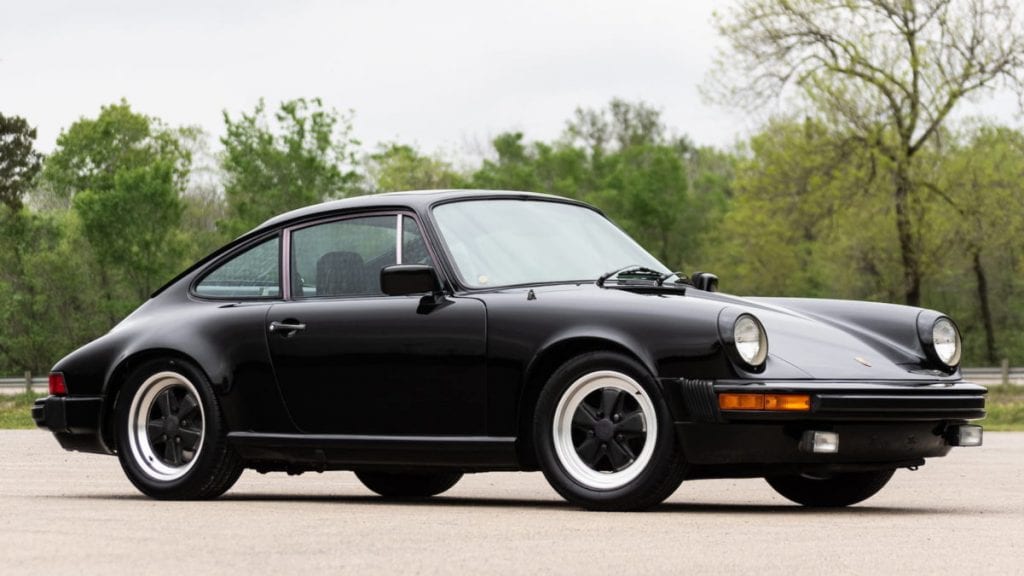
1973-1989 Porsche 911 (G Series)
This is the 911 that really put the car on the map, especially in the United States. It was built in larger numbers than its predecessor, and it was a shinning spot in the automotive malaise of the 1970s and 1980s. If you want the purist 911 experience for the least amount of money, a naturally aspirated G model is the 911 you should be shopping for.
Produced for 16 years, the G model stuck around longer than any other 911 generation, so there are a ton of them out there. Porsche offered Coupe, Targa, and, starting in 1982, Cabriolet models. They’re all rear-wheel drive and manually shifted with a 5-speed gearbox, and later models do benefit from numerous improvements made over the years.
Engine displacement started at 2.7-liters, but grew to 3.0-liters in 1976 and 3.2-liters in 1984. But these were never big power cars, with output ranging from 143 hp in 1974 to 217 hp by the end of the production run. Although nothing is more engaging to drive than an old analog air-cooled 911, their overall performance may not live up to the legend for some. Most accelerate to 60 mph in about 5.5 seconds and cover a quarter mile in about 14.8 seconds.
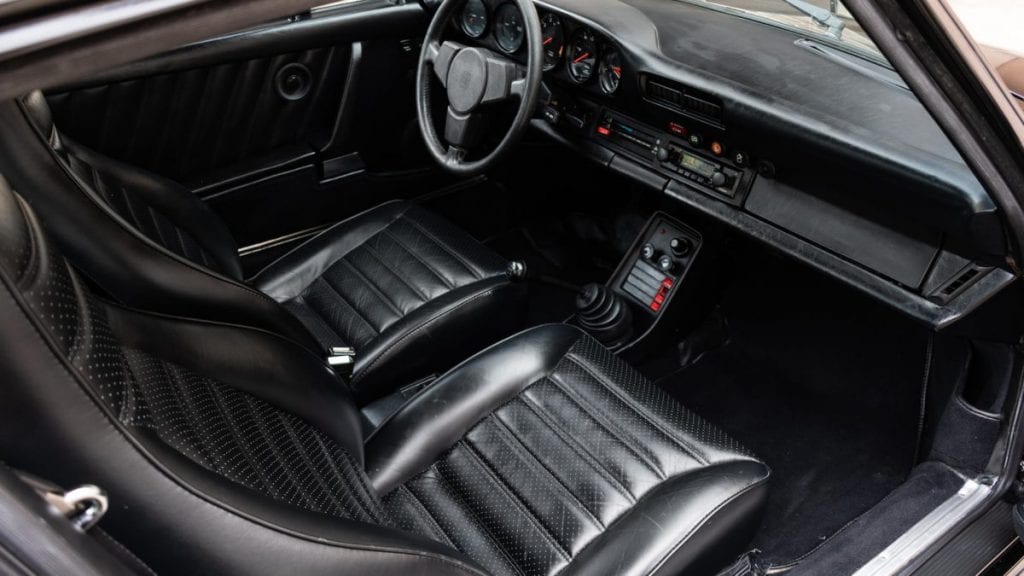
And then there’s the twitchy handling. Remember, these cars are rear engine with torsion bar suspensions and no traction or stability control. They can be a handful. “With less than 1100 pounds riding on the front wheels and about 1600 on the rear, the car has required increasing amounts of both science and magic to make it corner like other cars, to keep it from punching holes in the hedges (backwards) and to make it go straight,” wrote Car and Driver in 1978.
Other issues include weak air conditioning and possibly the worst shifter in history. “Porsche has traditionally offered sensational transmissions with unbeatable synchromesh,” wrote Car and Driver. “But for 30 years these have been coupled to the shift lever via linkage as vague and uncertain as you’ll find on any modern car.”
The values of G Series 911s have jumped over the last 10 years, but they’ve also cooled a bit recently. According to Hagerty, average prices for cars in #3 (“Good”) condition range from about $26,000 to $45,000, depending on the year and model. SC models tend to cost a bit more.
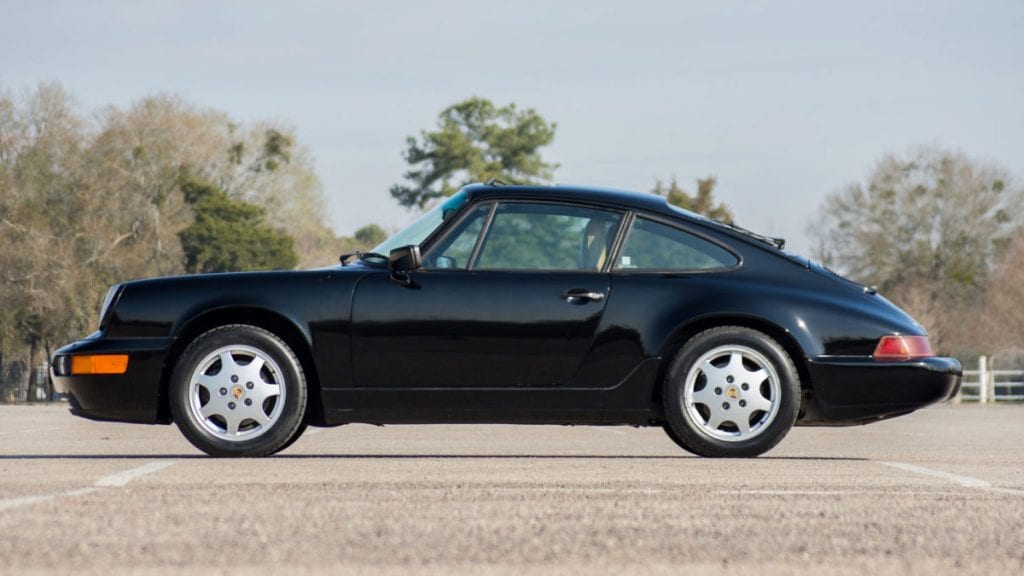
1990-1994 Porsche 911 (964)
If you want the look and feel of an original air-cooled 911 but also want decent air conditioning, more horsepower, a better transmission, a more sophisticated suspension, ABS brakes, power steering, and airbags, then you want a 964 from the early 1990s.
After fifteen years of production, the 911 got its first major redesign with the 964. Although the looks didn’t change much, 85 percent of the car was new, including its chassis, which was now stiffer and featured a control arm and coil spring suspension instead of the previous torsion bar setup. These are also the first 911s to offer the Tiptronic automatic transmission and all-wheel drive.
This was such a big deal that Porsche actually introduced the all-wheel drive Carrera 4 first, making a connection to the legendary 959 hypercar from a few years before. A Carrera 4 is about 220 lbs heavier than the rear-wheel drive Carrera 2, and its handling is more secure, but a bit less lively. Back in the day, this was seen as a good thing. “The original 911 became famous for going fast but snapping sideways if you snapped shut its throttle during hard cornering. The Carrera 4 ends such shenanigans,” wrote Car and Driver when the 964 launched.
Under the hood is an air-cooled 3.6-liter flat engine, which was the largest engine ever offered in a 911 up to that time. It was also the most powerful naturally-aspirated 911 until then, making 247 hp. The Carrera 4 with a 5-speed manual transmission hit 60 mph in 5.1 seconds, covered the quarter-mile in 13.6 seconds at 102 mph, had a top speed of 157 mph, delivered 0.83 g on the skidpad, and stopped from 70 mph in 159 feet.
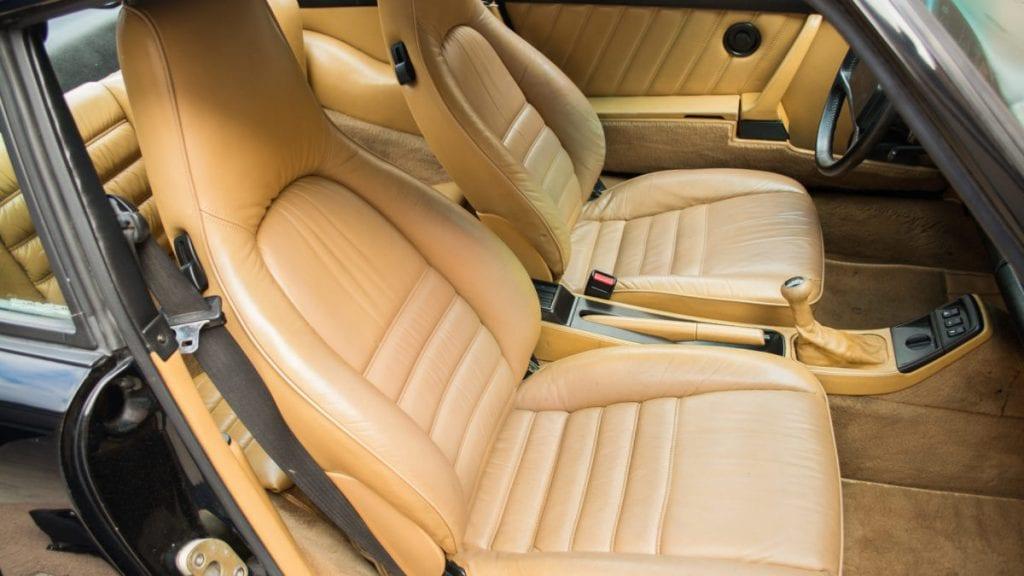
The 964 was also the first 911 with the Tiptronic automatic transmission, which only had four gears and does adversely affect its performance. “Requiring 6.1 seconds to bust its way to 60 mph, the Carrera 2 Tiptronic is no layabout, but it is 1.3 seconds slower than its manual-transmission counterpart,” Car and Driver noted.
It still looked like the old 911, mostly, and it was still the same size as before — and was available in Coupe, Cabriolet, and Targa body styles. Porsche added well-integrated bumpers and the 911’s first active aerodynamics with a rear spoiler that pops up at 50 mph, a feature still used on the 992 today. In 1994, Porsche changed to teardrop-shaped door mirrors, which are more attractive than the previous paddle style.
These cars are a blast to drive, with all the raw engagement of the earlier cars but with more civility mixed in. And they’ve gotten expensive, with prices basically doubling in the last five years. Today, according to Hagerty, a #3 (“Good”) condition Carrera 2 Coupe with a manual gearbox sells for about $42,500, while Targas and Cabriolets are around $10,000 to $12,000 cheaper. Tiptronic-equipped cars also sell for about 10 percent less than those with a manual. And Carrera 4 models demand a slight premium.
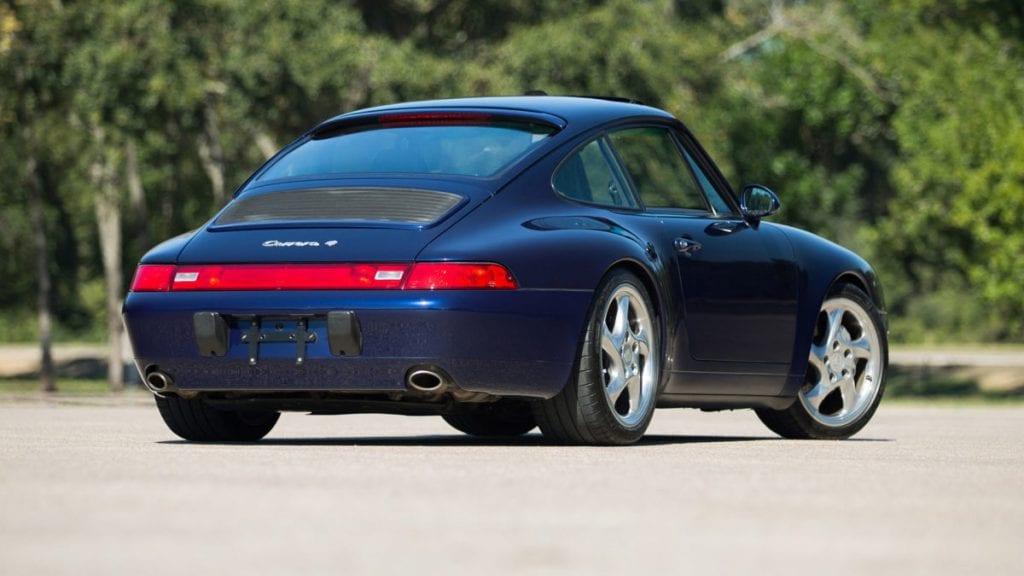
1994-1998 Porsche 911 (993)
Being the last air-cooled 911, the 993 has always been desirable. No Porschefile’s collection is complete without one. But their appeal runs deeper than that. The 993 perfectly bridges the gap between the original analog cars and the more complex and comfortable 911s that have come since.
You still sit shoulder-to-shoulder with your passenger in an interior much like the one offered in the mid-1960s, but there’s real A/C and other amenities to keep you comfortable, like power steering and a small touchscreen with navigation. The 993 is also quieter, its shifter offers more precision, and its ride and handling are superior thanks to a new and more sophisticated rear suspension with two upper links and a lower control arm.
“The car feels lively, for sure; it changes direction instantly and demands a jab of opposite lock now and again. But it no longer suggests a subversive urge to get away from you and back through the Armco,” wrote Car and Driver in 1995.
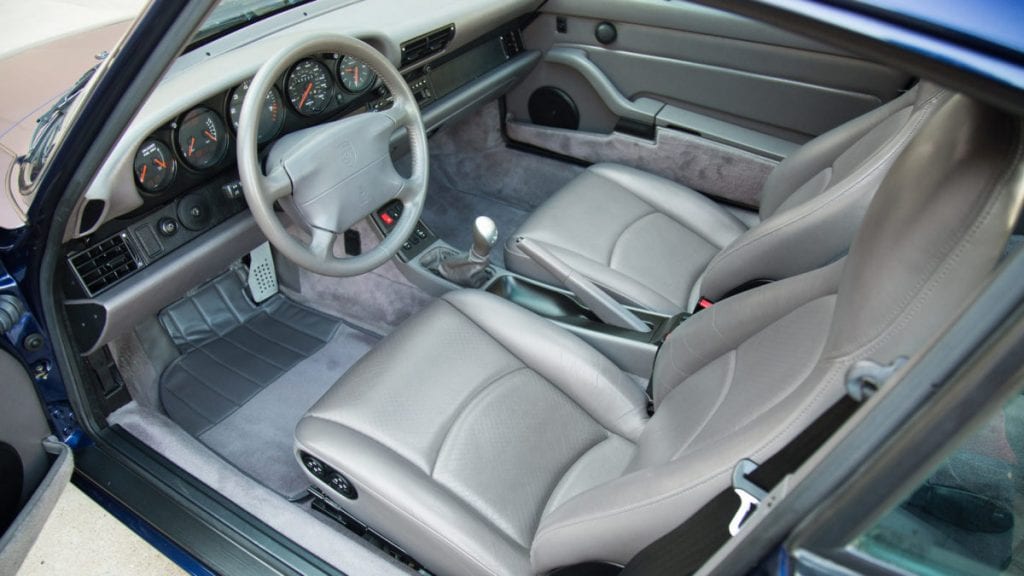
Its engine, still a 3.6-liter flat six with single overhead camshafts, features variable timing for more bottom-end torque, but it still delivers an invigorating upper rpm pull above 4,000 rpm. In 1995, it offered 270 hp, which got the 993 to 60 mph in 5.2 seconds and a quarter-mile in 13.8 seconds at 102 mph, so they’re quick. And later horsepower climbed to 282.
These are also the first 911s with a 6-speed manual and the first to break from the original car’s traditional exterior design. Not much changed above the beltline, but below it was wider and far more modern, with a steeper nose, laid-back headlamps, and taillights that stretch across the tail.
As before, Coupes, Targas and, Cabriolets were offered, but unlike previous generations, 993s never really got cheap. They’ve held their value and have only gotten more expensive over the last decade, although prices have leveled in the last couple of years. According to Hagerty, #3 (“Good”) condition Coupes and Targas cost around $43,000, while Cabriolets are considerably more affordable. And Tiptronic cars sell at about a 10 percent discount.

1999-2004 Porsche 911 (996)
Porsche purists hated the 996 when it first arrived, and many still haven’t warmed up to it. It was the first 911 with a water-cooled engine, and the break from the model’s air-cooled tradition was more than some were willing to accept. Despite the new 3.4-liter engine’s more efficient four-valve design, its reduced emissions, noise, and fuel consumption, they were resistant.
Not the press. They loved it. “This powerplant is ultra smooth, and, like the old air-cooled 911 motor, sounds like nothing else. That auramechanical output has changed, though; the new one sounds more like a giant, high-tech well-balanced blender than the raspy hair-dryer noise issued up by a previous-gen 911,” wrote Motor Trend in their 996 Carrera 2 long-term wrap up.
With 296 hp, the 996 Carrera was the most powerful non-turbocharged 911 up to that time, and it was the quickest, hitting 60 mph in 4.9 seconds with the standard 6-speed manual. “Porsche’s VarioCam variable valve timing system helps the engine deliver lots of torque, all across the tach. It won’t thump your behind like a Corvette, but really pulls well from most any rpm level in most any gear,” wrote Motor Trend at the time.
Today’s twin-disc PDK transmission was still a long way down the road, so 996s with the Tiptronic 5-speed automatic are considerably slower. These are also the first 911s with stability control, which was standard on the all-wheel drive Carrera 4 and optional on the rear drive Carrera 2.
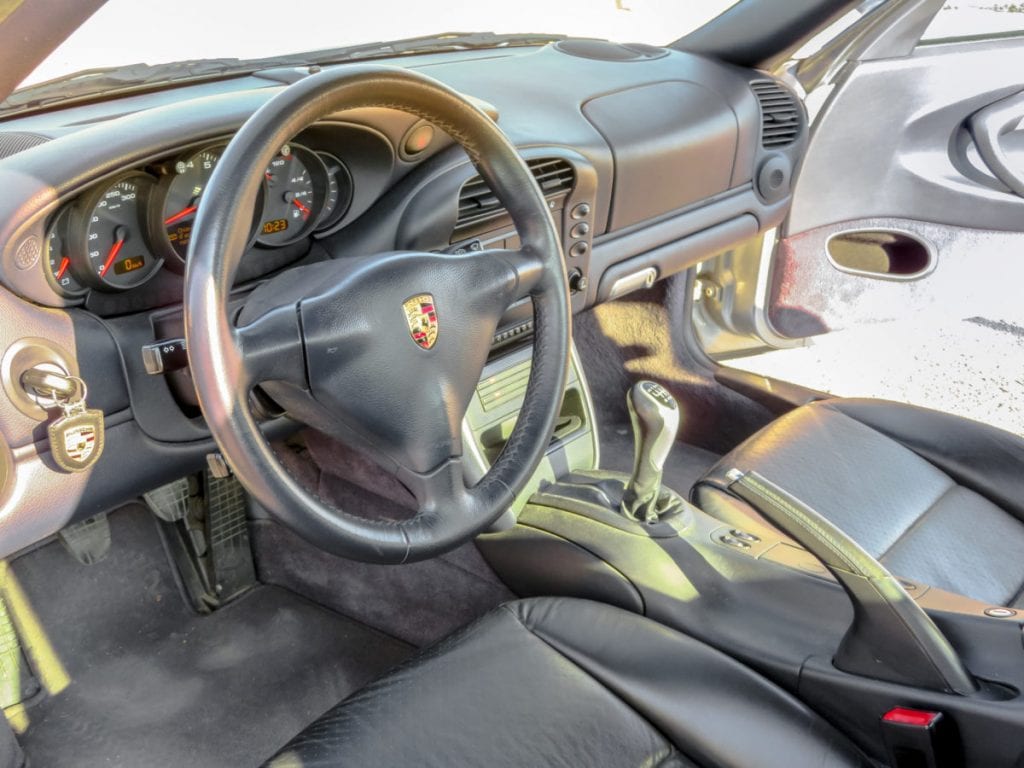
Unfortunately, the 996 also shared its front end design and all-new interior with Porsche’s new less expensive Boxster model, which made the 911 feel a bit less special at the time. It was also the first (and only) 911 without round headlamps, which pissed a few people off.
It still looked like a 911, but a little less so. Compared to the 993 it replaced, the 996 looks a bit narrow, but its new longer 92.6-inch wheelbase and wider cockpit increased people space, improved its ride quality substantially, and took much of the nervousness out of its handling. Although a 996 will gladly leave the road backwards if you make a mistake, they’re more forgiving to drive than earlier 911s, with their shorter 89.5-inch wheelbase.
These cars are not only better performers than previous 911s, they’re much more comfortable, have better air conditioning systems, and offer the best bang for your buck. According to Hagerty, a 996 Coupe in #3 (“Good”) condition has an average value of $20,500, with convertibles costing about $4,000 less, and all-wheel drive Carrera 4 models adding about $2,000 to the price tag.
As we note in our 996 Buyer’s Guide, it’s best to seek out examples which have already had the troublesome intermediate shaft (IMS) bearing replaced. If not, count on spending about $2500 at an indy mechanic to have that done.
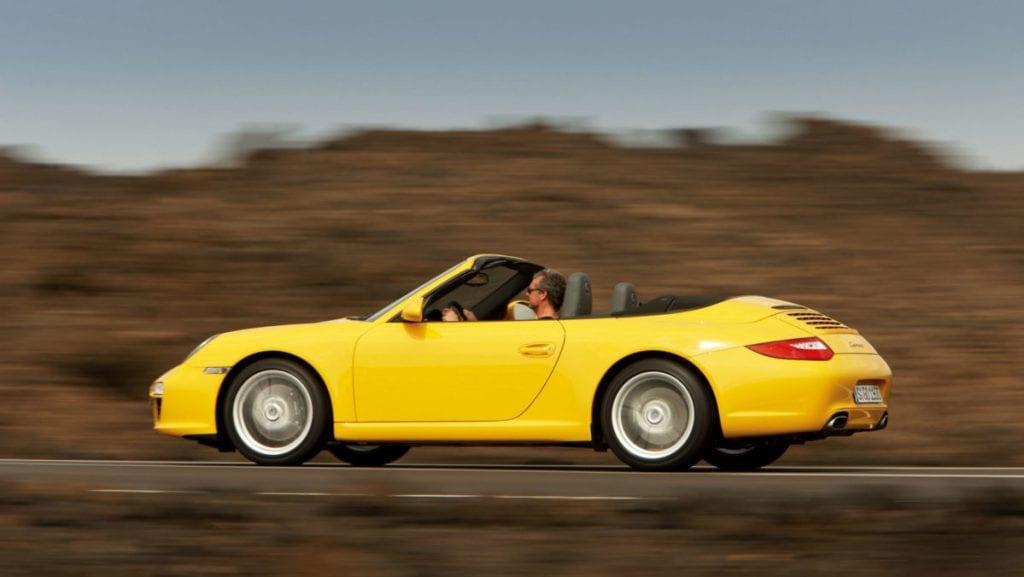
2005-2012 Porsche 911 (997)
Following the 996, Porsche took a step back and added more 911-ness to its next iteration, the 997. It felt it bit more like the earlier cars, a little more alive in your hands. It also returned much of the old-school styling that enthusiasts craved, including round headlamps and more pronounced rear fenders. Only its roof is shared with the 996.
There was more performance, too. Its aluminum 3.6-liter flat six was now up to 325 hp, making this the most powerful naturally-aspirated 911 on our list. And it’s the quickest, with a 0-60 mph time of 4.3 seconds. That’s not too far behind today’s 911 Carrera, and neither is its 0.97 g skidpad performance. Ceramic brakes were now optional for the first time, and Porsche’s excellent PDK dual-clutch automatic debuted in 2009.
For the 997, Porsche also stiffened the chassis and widened its tracks for more stability, and these were the first 911s with adjustable dampers, which were optional on the Carrera and standard on the more powerful Carrera S. “The 911 suspension is stiff enough to keep the chassis movements to a minimum and communicate irregularities to the driver but also resilient enough to absorb bumps and cushion blows,” wrote Car and Driver back in 2004.
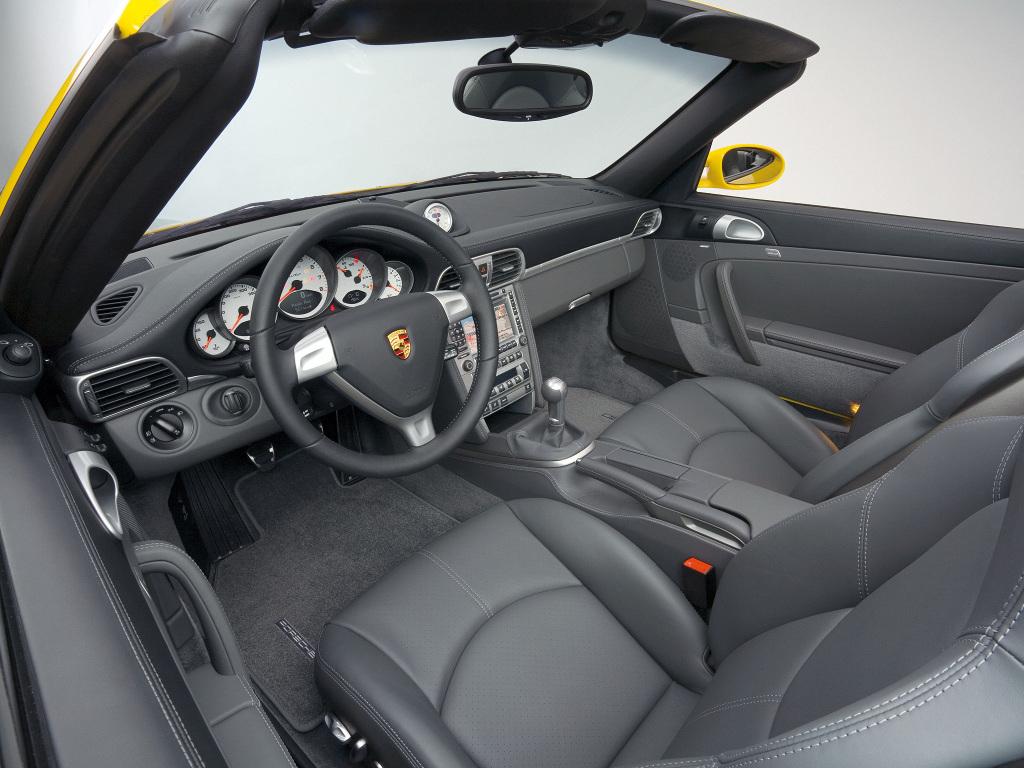
There was an all-new interior as well, with less Star Trek-y styling than the cabin of the 996. “Much attention has been paid to details such as the leather stitching on the dash and the cutlines on the doors. What appeared to be Boxster-like in the 996 has been replaced with a much more upscale look and feel,” Road & Track noted in its launch coverage.
Unlike the other 911 generations discussed here, most examples of the 997 are still depreciating. That makes them more of a used car than a collector’s item, but if history is any guide that will change sometime in the near future. Depending on mileage and condition, current 997 prices range from about $30,000 to $50,000 for a two-wheel drive Carrera or all-wheel drive Carrera 4, according to Hagerty.
The Bottom Line
Although we do prefer the purity and charm of the older cars, if you plan to drive your 911 every day and want the most modern features and comfort, search out a good clean 997. Your best bet is a 2009 or later model year, when Porsche eliminated the problematic intermediate shaft (IMS) bearing from the engine.
It’s our pick for the best used 911 under $50,000.
Photos courtesy Mecum, Porsche, and Wikimedia Commons